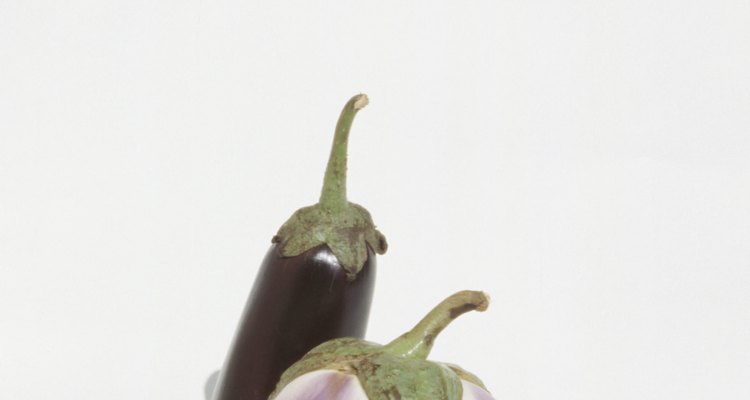
Hemera Technologies/AbleStock.com/Getty Images
Some ingredients in recipes are nonnegotiable while others can be substituted with no adverse effects. Eggplant varieties are very similar, and it's easy to swap one kind for another when your preferred option is not available. There are just a few things to consider when using Asian eggplant in lieu of Italian eggplant, such as size and flavor.
Eggplant Varieties
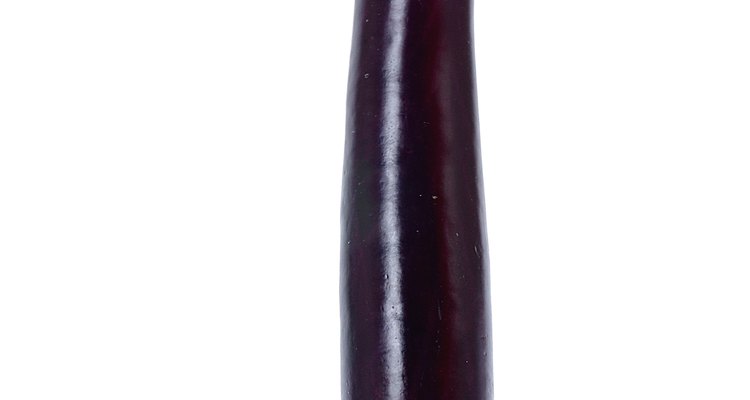
NA/Photos.com/Getty Images
There are many species of eggplant, from tiny grape-size Asian varieties to the huge globes characteristic of the European varieties. Colors vary just as much, from green and white to deep purple. Asian eggplant varieties tend to be slimmer and smaller than globe eggplants, which are the standard Italian variety found in most supermarkets.
Considering Flavor
The taste difference between the different types of eggplant in supermarkets is negligible. Asian varieties usually are milder with thinner skin and less seeds than Italian eggplant. The exception is the golf-ball like Thai eggplant, which is quite small and round. These often are green or white in color with a more bitter flavor than other varieties. Thai eggplant also tends to have more seeds, which should be removed prior to cooking.
Size Matters
The most important factor to consider when substituting one variety of eggplant for another is size. One Italian eggplant is roughly the same size as three Japanese eggplants. Alternatively, one Italian eggplant equals 4 cups peeled and cubed, so substitute freely with other varieties that add up to 4 cups.
Other Factors
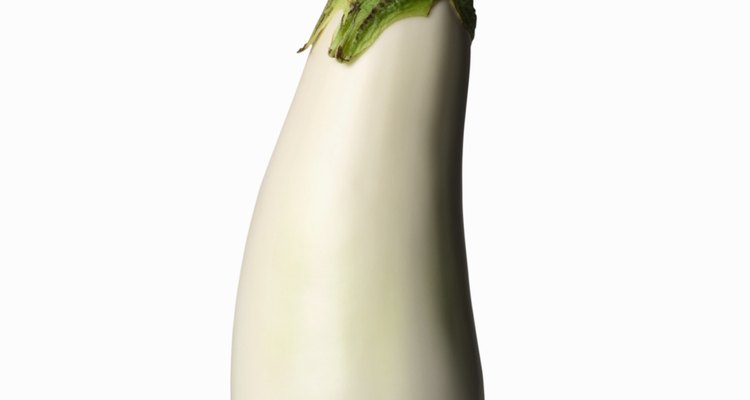
Stockbyte/Stockbyte/Getty Images
Eggplant doesn't have to be peeled, but Italian eggplant generally has a thicker skin and more seeds, so some recipes ask for them peeled. Japanese varieties don't have the same tough skin, so you can leave it intact without hampering the final dish. Older eggplants of all varieties have larger seeds that can taste bitter, so look for smaller, firmer fruit when making your selection.
Related Articles

What Is Yellow Zucchini?

Differences in Acorn & Butternut Squash
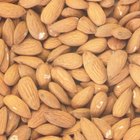
Types Of Almonds

How to Julienne Jicama
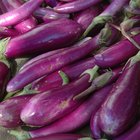
Brining Eggplants
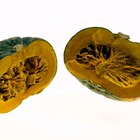
Substitutes for Kabocha Squash

How to Use Eggplant in Soup
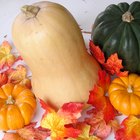
The History of Butternut Squash

A Substitute for Japanese Parsley

Information About the Orange Fruit

Different Types of Fruits & Vegetables

White Vs. Yellow Popcorn
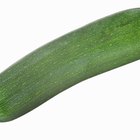
Calories in a Large Zucchini

How Long to Boil Potatoes Before Baking?
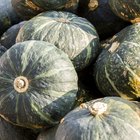
How to Cook Japanese Pumpkin

Fruits or Vegetables Starting With X
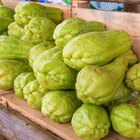
How to Chop Chayote
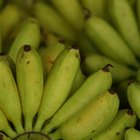
List of Tropical Fruits

What Can I Substitute for Poppy Seeds ...

How to Juice a Daikon Radish
References
Writer Bio
Kimberly Blough is a food junkie residing in San Diego who began writing professionally in 2013. She obtained her Bachelor of Arts in geography from San Diego State University in 2003 and has taught culinary classes in various capacities since 2005. She teaches cheesemaking workshops and lives on a small hobby farm where she turns the food they grow into delectable dishes.
Photo Credits
Hemera Technologies/AbleStock.com/Getty Images